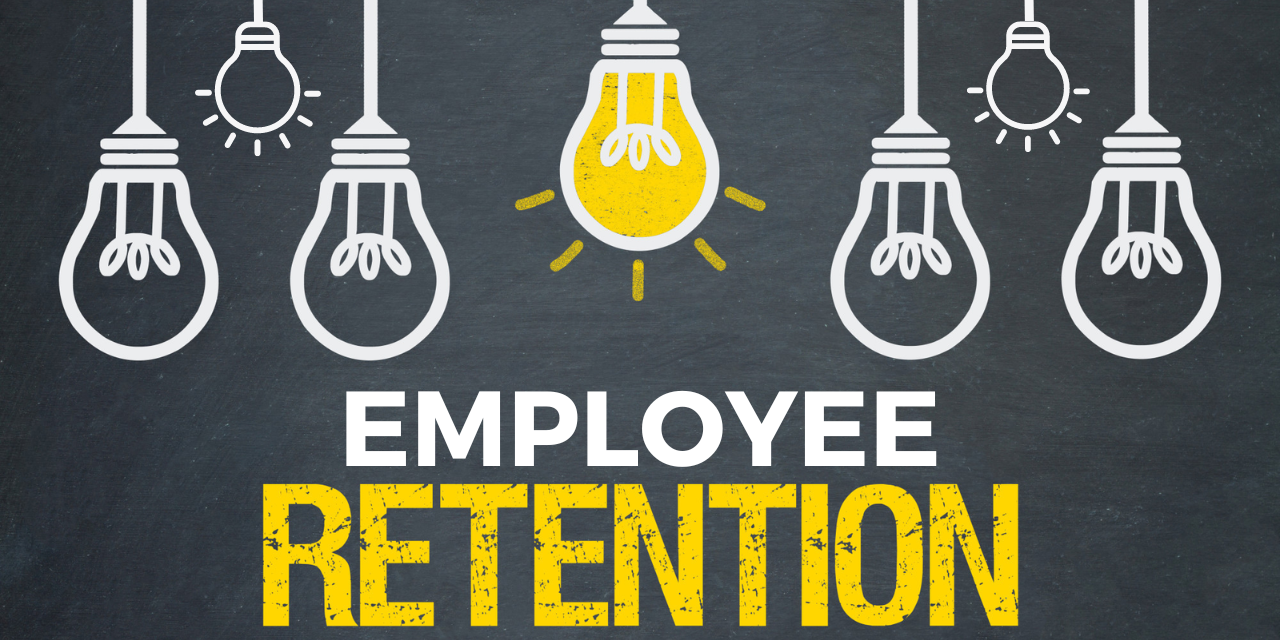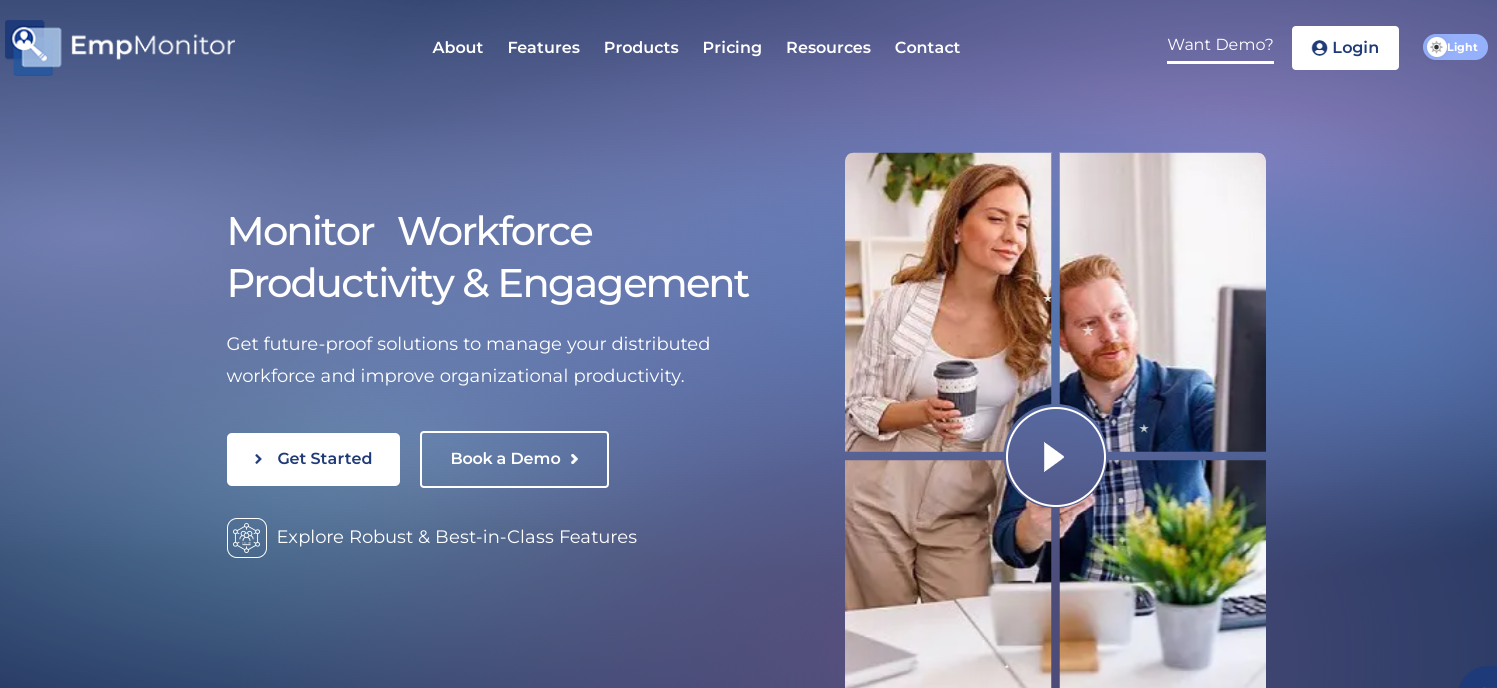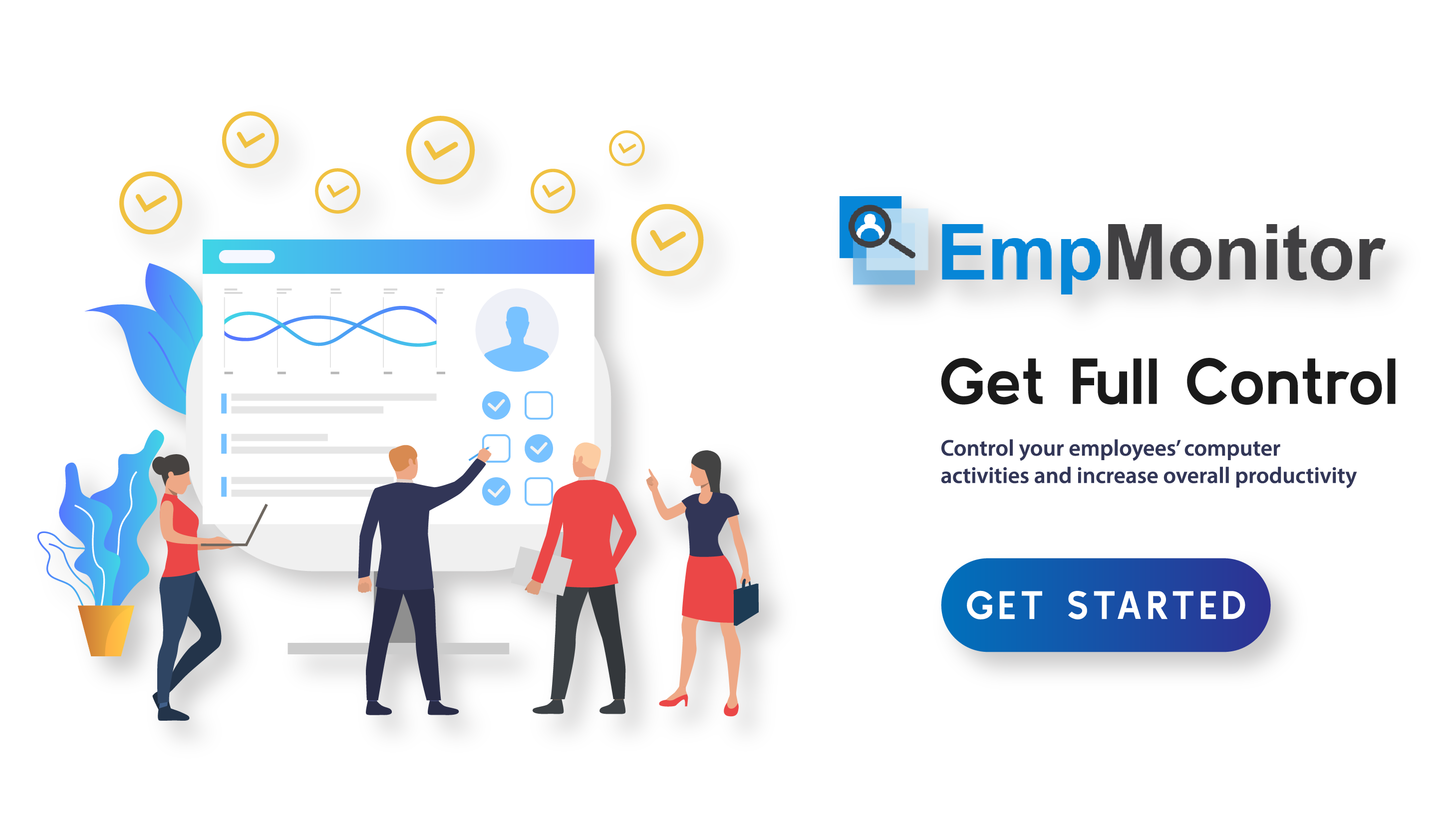No dought retaining talents is key to promoting organizational growth.
However, keeping high employee retention is a challenge that all organizations face, regardless of size or industry. High employee turnover can have significant consequences, including increased costs, decreased productivity, and a negative impact on company culture. To thrive organizations must prioritize employee retention solutions and create a work environment that supports growth, development, and well-being.
Improving employee retention strategies requires a comprehensive approach that includes a focus on both company culture and individual employee experiences. It includes providing competitive compensation packages, offering opportunities for career advancement, fostering a supportive and inclusive workplace culture, and creating a work-life balance that allows employees to thrive professionally and personally.
In addition to these strategies, organizations can also consider offering ongoing professional development opportunities, providing regular feedback and recognition, and encouraging open communication and collaboration between employees and management. By taking a proactive approach to employee retention strategies, organizations can not only improve their bottom line but also create a more engaged and motivated workforce that is dedicated to achieving company goals.
Let’s understand why employee retention strategies are so necessary for business, but before we move into it, you should know what employee retention is.
CLICK THE PLAY BUTTON TO LISTEN THIS PODCAST:
What Is Employee Retention?
Employee retention refers to the actions and strategies a company uses to keep its employees from leaving and maintain a stable and engaged workforce. It involves creating a positive work environment, offering competitive compensation and benefits, providing professional growth opportunities, and promoting work-life balance.
Employee retention is used to reduce turnover, improve employee satisfaction and morale, and increase productivity and profitability. Effective employee retention strategies can help a company maintain a consistent and highly skilled workforce and foster a culture of loyalty and commitment among employees.
Top 10 Creative Ways to Retain Employees:
Employee retention is a crucial aspect of HR management. It is the process of retaining employees in a company for as long as possible. A high employee retention rate is a positive sign that the company is a place to work and saves the company money and resources by reducing the need for frequent recruiting and training of new employees. Here are the top 10 employee retention strategies- that companies can use to keep their employees happy and motivated.
Offer competitive compensation and benefits:
Employees want to feel valued and compensated fairly for their work. Offering competitive salaries, bonuses, and benefits packages can help retain employees and attract new talent. The importance of proper compensation outweighs every other item on this list, as you cannot effectively keep staff unless you pay them what their time is worth.
Provide opportunities for growth and development:
Employees want to feel like they are growing professionally and have the opportunity to advance within the company. Providing training and development programs can help employees feel valued and motivated.
Foster, a positive work environment:
A positive and inclusive work environment can help employees feel valued and engaged. Encourage teamwork, open communication, and a supportive culture.
Recognize and reward good work:
Recognizing and rewarding employees for their work can help boost morale and motivation. It can be as simple as verbal recognition or more formal, such as bonuses or promotions.
Offer flexible work arrangements:
Allowing employees to have a flexible schedule or work from home can help retain employees and improve work-life balance.
Provide resources for work-life balance:
Providing resources such as on-site gym facilities or wellness programs can help employees maintain a healthy work-life balance.
Foster open communication:
Encouraging open communication between employees and management can help build trust and foster a positive work environment.
Offer opportunities for feedback:
Providing opportunities for employees to give feedback can help them feel valued and heard. It also helps the company identify areas for improvement.
Provide a safe and healthy work environment:
Providing a safe and healthy work environment is crucial for retaining employees. Offer regular health and safety training, and provide resources for mental and physical well-being.
Encourage work-life integration:
Encouraging employees to integrate their personal and professional lives can help reduce stress and increase job satisfaction. Offer resources such as personal time off or family-friendly policies.
At a time when organizations are reporting worker shortages, How can you improve employee retention?
- Professional development opportunities: Provide training and development programs to help employees grow and advance within the company.
- Positive work environment: Foster a positive, inclusive, and supportive work environment through open communication, teamwork, and employee engagement initiatives.
- Recognition and rewards programs: Implement recognition and rewards programs to acknowledge and motivate employees for their good work.
- Flexible work arrangements: Allow employees to have flexible schedules or work-from-home options to improve work-life balance.
- Employee wellness initiatives: Implement wellness initiatives such as fitness challenges or healthy food options to promote employee well-being.
- Community involvement opportunities: Encourage employees to get involved in their local community through volunteer opportunities and charity work.
- Work-life integration culture: Offer programs that help employees integrate their personal and professional lives, such as family-friendly policies and personal time off.
- Employee feedback opportunities: Provide opportunities for employees to give feedback and express their ideas to help them feel valued and heard.
- Continuous communication: Encourage open and continuous communication between employees and management to build trust and foster a positive work environment.
A Powerful Employee Retention Tool for Your Productive Workplace:
Do you know recently- American businesses lose $1 trillion annually due to turnover?
So, that is the reason every business needs to give employee retention strategies the highest priority.
EmpMonitor is a productivity monitoring tool that can play a significant role in employee retention. Employee retention strategies are critical for the success of any business, and EmpMonitor can help employers to achieve this by providing valuable insights into employee performance and engagement. Some of the key features of EmpMonitor include:
- Employee Activity Tracking: EmpMonitor tracks and records employee activity on the computer, including websites, visits, keystrokes, and applications used.
- Project Management: EmpMonitor allows businesses to track the progress of projects, set project goals, and monitor employee performance in real time.
- Time Tracking: EmpMonitor records the time employees spend on different tasks, helping businesses track productivity and allocate resources effectively.
- Reporting and Analytics: EmpMonitor provides detailed reports and analytics, including graphs and charts, to help businesses make informed decisions about their workflow.
- Screenshots: EmpMonitor captures screenshots of employee activity, providing visual insights into work patterns.
- Automated Alerts: EmpMonitor sends automated alerts for activities such as prolonged inactivity, excessive personal use, or low productivity.
- Customizable Settings: EmpMonitor allows businesses to customize settings based on their specific needs, including defining work hours and setting productivity goals.
Benefits of Employee Engagement and Retention:
There are numerous benefits to implementing an effective employee engagement and retention strategy, includes:
- Lower turnover costs: High employee turnover can be expensive, as it requires spending resources on recruiting, hiring, and training new employees. By retaining existing employees, organizations can save money and increase efficiency.
- Improved productivity: Employees who are satisfied and engaged in their work are more likely to be productive and perform at a higher level.
- Increased employee morale: A positive work environment, opportunities for growth and development, and a focus on work-life balance can improve employee morale and job satisfaction.
- Greater institutional knowledge: Long-term employees always have a deep understanding of the organization and its operations, which can be invaluable in times of change and growth.
- Better company culture: A strong company culture in which employees feel valued and supported leads to increased engagement, teamwork, and a sense of community among staff.
- Improved customer satisfaction: A happy employee is more likely to provide better customer service leading to increased customer satisfaction and loyalty.
- Improved brand reputation: An organization with a strong reputation for employee satisfaction and retention is more likely to attract top talent and be seen as a desirable place to work.
While implementing comprehensive employee retention strategies, organizations can reap these and many other benefits, helping to ensure their long-term success and stability.
Read Blogs:
EMPLOYEE RETENTION: THE NEED AND IMPORTANCE 2023
23 ULTIMATE STRATEGIES FOR MANAGING REMOTE EMPLOYEES IN 2023
8 VITAL ELEMENTS TO BOOST YOUR COMPANY’S EMPLOYEE ENGAGEMENT AND RET
In Conclusion:
Employee retention strategies are essential for the success of any business. By offering competitive compensation and benefits packages, professional development opportunities, creating a positive work environment, implementing recognition and rewards programs, offering flexible work arrangements, promoting employee wellness, and encouraging community involvement. Employers can help to keep their best talent and foster a culture of loyalty and commitment.
By implementing the Empmonitor tool, employers can regularly review and update their employees’ productivity. Also, organizations can improve employee retention strategies and build a stronger and more productive workforce.














